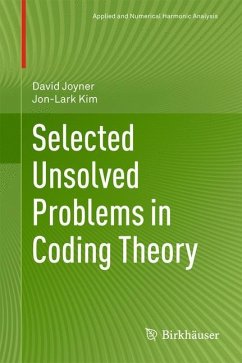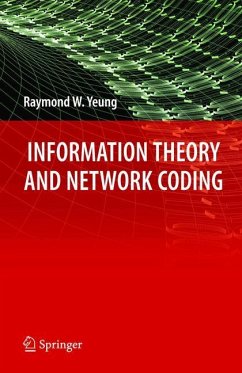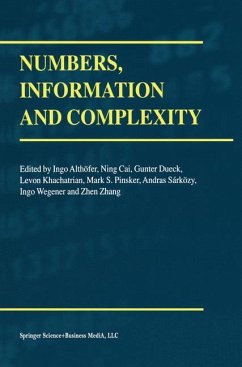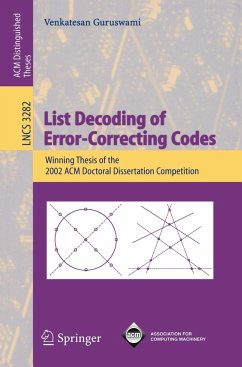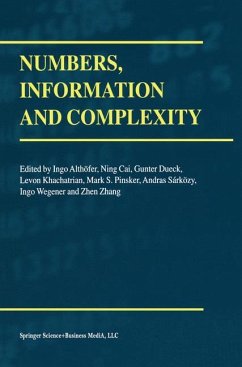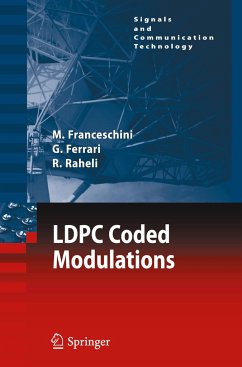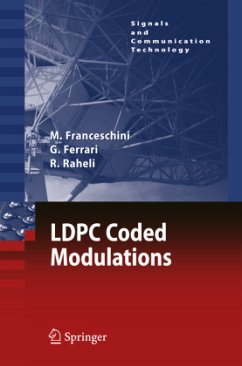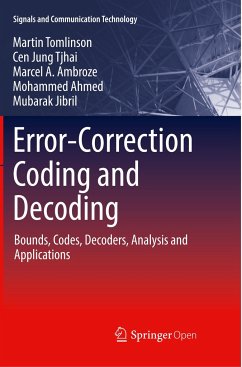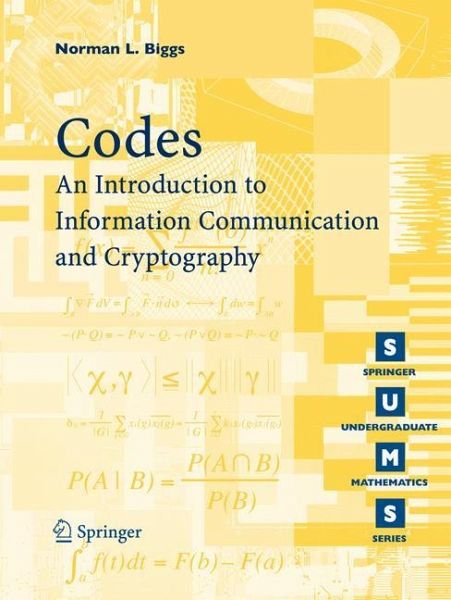
Codes: An Introduction to Information Communication and Cryptography

PAYBACK Punkte
14 °P sammeln!
This book is an integrated introduction to the mathematics of coding, that is, replacing information expressed in symbols, such as a natural language or a sequence of bits, by another message using (possibly) different symbols. There are three main reasons for doing this: economy, reliability, and security, and each is covered in detail. Only a modest mathematical background is assumed, the mathematical theory being introduced at a level that enables the basic problems to be stated carefully, but without unnecessary abstraction. Other features include: clear and careful exposition of fundamental concepts, including optimal coding, data compression, and public-key cryptography; concise but complete proofs of results; coverage of recent advances of practical interest, for example in encryption standards, authentication schemes, and elliptic curve cryptography; numerous examples and exercises, and a full solutions manual available to lecturers from www.springer.com.
Many people do not realise that mathematics provides the foundation for the devices we use to handle information in the modern world. Most of those who do know probably think that the parts of mathematics involvedare quite 'cl- sical', such as Fourier analysis and di?erential equations. In fact, a great deal of the mathematical background is part of what used to be called 'pure' ma- ematics, indicating that it was created in order to deal with problems that originated within mathematics itself. It has taken many years for mathema- cians to come to terms with this situation, and some of them are still not entirely happy about it. Thisbookisanintegratedintroductionto Coding.Bythis Imeanreplacing symbolic information, such as a sequence of bits or a message written in a naturallanguage,byanother messageusing (possibly) di?erentsymbols.There are three main reasons for doing this: Economy (data compression), Reliability (correction of errors), and Security (cryptography). I have triedto cover each of these three areas in su?cient depth so that the reader can grasp the basic problems and go on to more advanced study. The mathematical theory is introduced in a way that enables the basic problems to bestatedcarefully,butwithoutunnecessaryabstraction.Theprerequisites(sets andfunctions,matrices,?niteprobability)shouldbefamiliartoanyonewhohas taken a standard course in mathematical methods or discrete mathematics. A course in elementary abstract algebra and/or number theory would be helpful, but the book contains the essential facts, and readers without this background should be able to understand what is going on. vi Thereareafewplaceswherereferenceismadetocomputeralgebrasystems.






